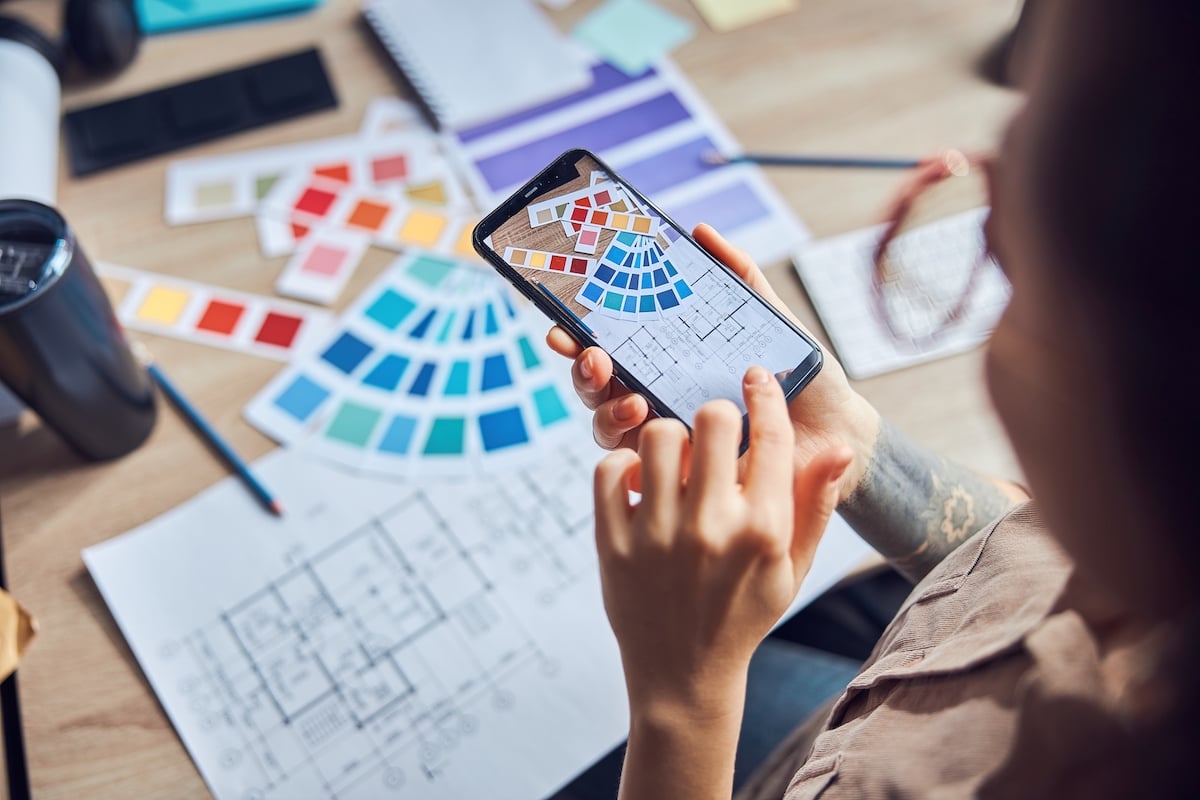
In the design industry, we talk a lot about pulling influences from other verticals. In corporate settings, the merger of commercial and residential design has created the term resimercial. In healthcare and education, it’s not uncommon to see influences from hospitality make their way into the design of shared spaces. The one thing all these spaces have in common? A desire to create an experience that meets the needs of the greatest number of occupants, with perhaps a tad more laid-back approach than previous generations would have considered.
Perhaps that’s why we’ve come to realize the benefits of incorporating hospitality into commercial design. After all, the hospitality industry is built upon the core principle of serving people. So, when we look to design a workplace that best serves the needs of its occupants, pulling in elements from our friends in the hospitality world is a logical next step.
CBRE Global Investors is one company incorporating this theory. Through the evolution of its signature tenant experience program, which has been rebranded as Above & Beyond (A&B), the company is offering amenities packages, artificial-intelligence-powered services, and features catered to a stronger hospitality feel. It’s already completed ten A&D buildouts and evolved several other locations into the A&B program. The company website explains that the program is “more than breakout spaces and conference facilities. A&B creates an exceptional workplace experience centered around hospitality, convenience, and sparking connections.”
As we look at the program for its merits, we quickly realize that its founding principles can help shape a more productive workplace overall. Here’s how.
Connect on a personal level
According to Garin North, director of the A&B program, the key to any successful workplace design is making sure you get a firsthand account of the user experience. But beyond physically being present, the support must extend past the basic workplace needs—think access to a fitness center—to more hospitality-oriented requests.
As he shares, “Our A&B managers typically sit on-site in the A&B Center as the face of the program. It’s not hard to locate this person. We serve as a concierge at the front desk, and it’s how we connect with our occupants. And while we are always present and approachable for suggestions and support, we also are available via email, phone, or in many locations by CBRE’s host mobile application. We can help with anything our clients need, such as the basics of scheduling a conference room, but then also arranging A/V, catering, and other little details that office tenants have not had in-house in the past. We place an emphasis on staffing and an A&B manager’s hospitality role to think of ways we can take stress off our tenants.”
Allow occupants to be intentional and interactions to be personalized
We’ve known for a while that one size does not fit all. But A&B is demonstrating that the power of selection and customization is the driving force of the future. People don’t want a space that has generic offerings like a fitness center with a treadmill. The want personal invitations to yoga class at 5:30 and other individualized amenities. And when work is being done, they want to do it with the people who help them be most productive.
North elaborates: “Because of the trend toward the open office concept, people are looking for space to gather with their group of people and/or looking for privacy. We initially tried offering phone rooms, and those become sought-after office spaces, and they are growing. But depending on the climate, we also are creating functional community-building outdoor spaces with Wi-Fi, comfortable seating, and great access to power outlets. People clamor for those amenities. In Chicago, rooftop decks are all the rage. Before, people wanted a fitness center to do cardio, but now it’s all about personal training sessions. Simply stated, we’re seeing the desire to be intentional and personalized with every experience in the workplace.”
Harness the power of comingling
The A&B program is not a coworking solution. North is quick to explain that this program is a multi-tenant-office solution that creates convenience, drives productivity, and enhances tenant engagement and connections by reimagining the common spaces to promote a sense of community among occupants. And the benefits, he adds, are twofold, because tenants get to interact with departments, and perhaps even companies, they never would have access to.
As North puts it, “Instead of having these big amenity-rich spaces that people rent, all tenants in the building can use this space provided by the building owner—say 5,000 to 10,000 square feet—that includes multipurpose rooms, conference and gaming rooms, exercise rooms, catering kitchens, and an A&B management office in an adjacent and forward-facing space. Not only does this offer exposure to other groups, but it also allows building tenants to have access to these facilities without having to take up their own rentable space.”
North also shares that these environments are designed intentionally when a new space is either purchased or built. The occupancy planners think about the type of tenants who will occupy the building and anticipate what their needs may be. What’s more, the common spaces often are located on the ground level, so occupants can see them before heading to their office suites.
As for the future of user-centric design that caters to the needs of tenants, North leaves us with this: “What really matters to this new generation of occupants is more about what you’re doing for me. What does this offer me, or how does it make me better? Through expanded service offers, what else are we doing within our local community to make people’s experience feel cohesive and connected? For a while, people felt disconnected from each other, so now we’re looking at how we can make their spaces better. And we believe a personalized approach is the way of the future.”
This article originally was published in Bellow Press and was reposted here with permissions.
Amanda Schneider is President of ThinkLab, the research division of Interior Design Media. At ThinkLab, we combine Interior Design Media’s incredible reach within the architecture and design community with proven market research techniques to uncover relevant trends and opportunities that connect back to brand and business goals in a thought-provoking, creative, and actionable way. Join in to know what’s next at thinklab.design/join-in.

